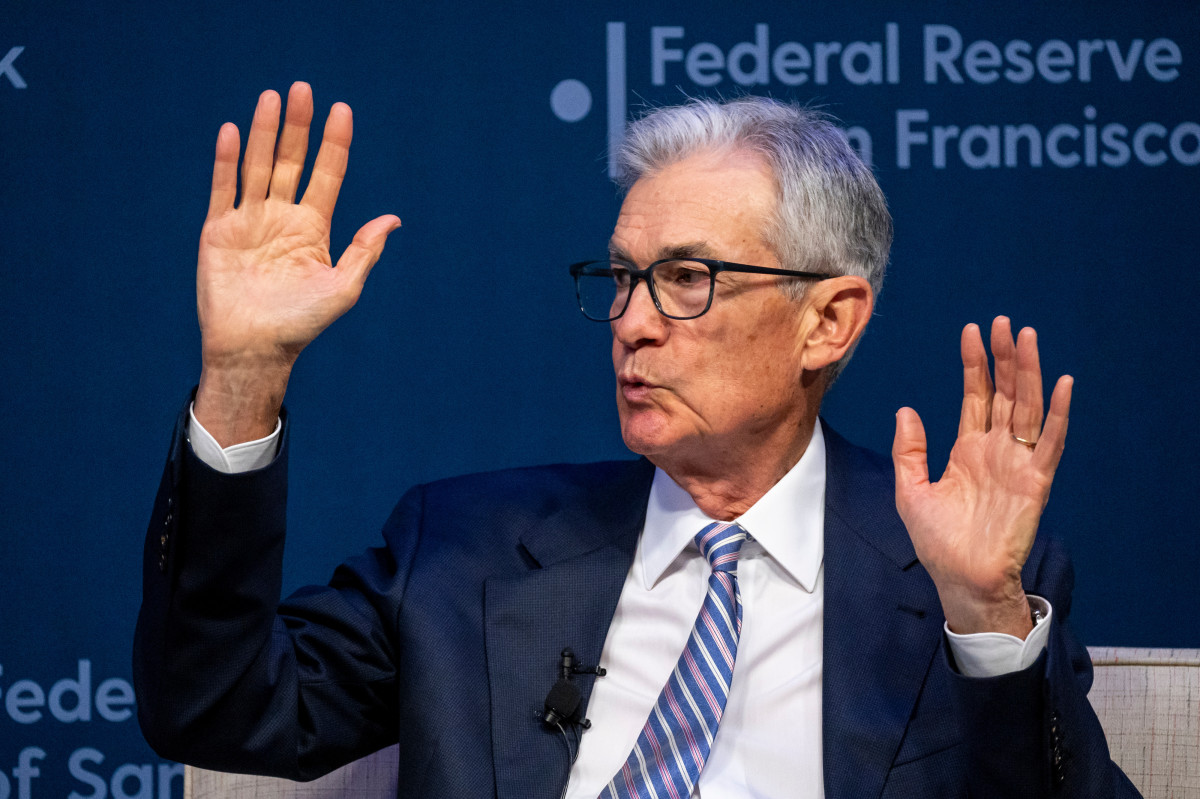
Wall Street faces a series of market-specific tests over the holiday-shortened week as investors shift focus from the outsized profits reported by the megacap tech giants to broader concerns about the health of the U.S. consumer and stubborn inflation pressures.
Big Tech earnings, as well as the promise of an autumn Federal Reserve interest rate cut, have powered stocks through a surprising spring rally that has lifted the Nasdaq Composite to records, sent the Dow past the 40,000-point mark, and put the S&P 500 on pace for its best May gain since 2009.
LSEG data, in fact, show that collective first quarter profits for the S&P 500 constituents are set to rise 8% from a year earlier to $471 billion. That's a big improvement from early forecasts of around 5.7% and looks add around $10 billion to the benchmark's bottom line.
That said, with around 480 companies reporting so far, around 78% have topped Wall Street forecasts, a so-called beat rate that is largely in line with recent averages.

Looking into the current quarter, LSEG figures suggest earnings growth will improve to around 10.9%, or $496.7 billion, powered largely by the information technology and communications services sectors.
Salesforce and Costco in focus
Only 10 companies are set to report first-quarter updates this week, but two of them – Salesforce (CRM) and Costco (COST) – will provide important insights into the market's current narrative.
Salesforce, which is growing increasingly reliant on AI spending, is expected to report that the bottom line for the three months ended in April rose 41.5% to $2.38 a share on revenue of $9.15 billion. The the cloud-focused software group reports on May 29.
Investors, however, are likely to focus on its full-year update, which disappointed in February with a call for sales growth of between 8% and 9%.
A soft tally for April retail sales, meanwhile, as well as comments indicating a pullback on discretionary spending from companies such as McDonald's (MCD) and Target (TGT) , will put Costco's May-quarter earnings in focus.
The bulk discount retailer's May 30 report is expected to show revenue rose 8.2% to just over $58 billion, with a bottom line of $3.70 a share.
Related: Analyst updates Costco stock price target ahead of earnings
The market's benchmark spending ETF, the Consumer Discretionary Select Sector SPDR Fund (XLY) , is down around 1% for the year but has rallied around 3.4% since its mid-April lows.
Consumer spending, which powers the lion's share of economic growth, will form a key plank to the Commerce Department's second estimate of first quarter GDP growth. That's due prior to the start of trading on May 30.
Inflation data on deck
The first estimate, which suggested a growth rate of just 1.6%, sits well south of the current-quarter estimate from the Atlanta Fed of 3.6%, but did not include comprehensive data on personal consumption expenditures.
Inflation dynamics will also capture that market's interest on May 31, when the Bureau of Economic Analysis publishes its April reading of the PCE Price Index.
The Commerce Department's April CPI reading showed a welcome easing in both headline and core price pressures, with the latter falling to 3.6%, and investors will look for a corresponding decline in the Fed's preferred gauge.
Related: CPI inflation report resets timing of Fed interest rate cuts
"The PCE report could offer the market a decidedly positive catalyst if the data comes in cooler than expectations," said LPL Financial's chief global strategist, Quincy Krosby.
"Absent that, even if the PCE remains steady, the market could be satisfied that inflation remains somewhat contained. But yesterday's market action suggests that investors and traders alike are losing patience with the Fed's inability to quell prices that insist on rising," she added.
Big week of bond auctions
Interest rate traders. meanwhile, continue to tweak bets on the next Fed rate cut, which most see coming in September.
CME Group's FedWatch shows little chance of a move over the next two meetings in June and July, but sees the odds of an autumn reduction at around 50.5%.
That's down from around 72% last month and follows a move by Goldman Sachs last week to scrap its forecast for a July rate cut.
More Economic Analysis:
- Housing has a problem bigger than interest rates
- Analyst updates S&P 500 price target after CPI inflation surprise
- CPI inflation report resets timing of Fed interest rate cuts
“Four additional CPI reports will be available by the September meeting, and if monthly core CPI inflation averages in the high (0.2% range) and core PCE in the low (0.2% range), as we expect, then we think most [Federal Open Market Committee] participants will support a rate cut,” the bank said. The FOMC is the Fed's policy-making panel.
Bond markets will also face a busy slate of Treasury auctions over the holiday-shortened week, with $183 billion in new 2-year, 5-year and 7-year notes going on sale from May 28.
Related: Single Best Trade: Wall Street veteran picks Palantir stock







